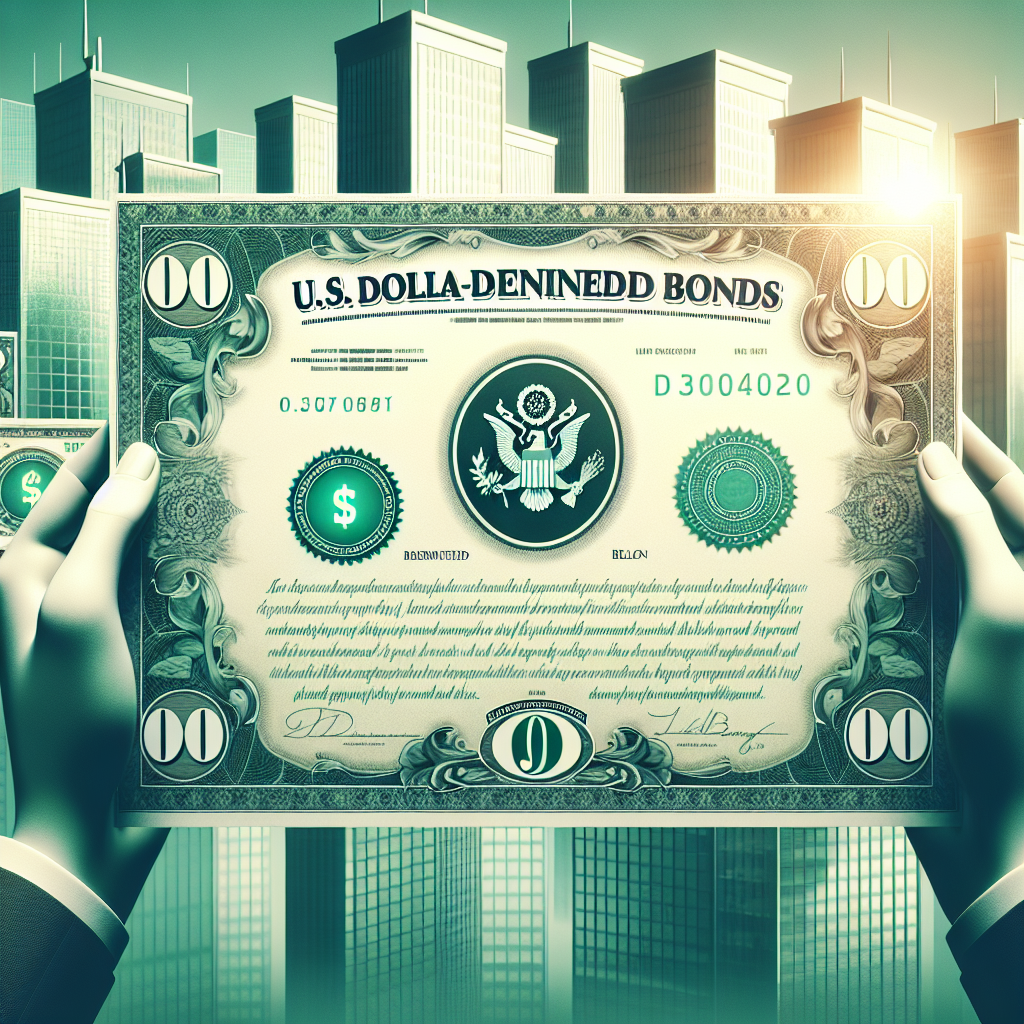Dollar Faces Mixed Signals Amid Global Economic Uncertainties
The U.S. dollar remains stable amid mixed signals from central banks, tech earnings, and a potential U.S.-China tariff truce. With the dollar index steady, traders speculate on the Federal Reserve's rate decisions. Currency dynamics are influenced by varying central bank policies, including Japan and Europe.

The U.S. dollar maintained its strength in early Asian trade on Friday, following a surge to a three-month high. Traders are analyzing mixed signals from central bank decisions, fluctuations in the tech sector's earnings, and a tentative easing of U.S.-China trade tensions.
On Thursday, global markets were unsettled by Wall Street losses, yet the dollar index, which gauges the U.S. currency's value against six others, stayed steady at 99.478. The yen saw minor recovery after Tokyo's inflation rate exceeded predictions, maintaining pressure on Japan's monetary policy.
Currency strategist Rodrigo Catril noted that risk aversion strengthens the dollar. Speculations regarding the Federal Reserve's interest rate cuts persist, with futures indicating a 74.7% likelihood of a rate cut at the upcoming meeting. Meanwhile, the euro and the sterling made small gains, while the Chinese yuan, Australian dollar, and the New Zealand dollar held stable positions.
ALSO READ
-
Xi Jinping's Pivotal Role at Pacific Rim Summit Amid Global Trade Tensions
-
Xi Jinping Steals the Spotlight at APEC Amid Trade Tensions
-
Xi Jinping Takes the Helm at APEC Amid Global Trade Tensions
-
Xi Jinping's Pacific Overture at APEC Summit Amid Global Trade Tensions
-
APEC Summit 2023: A Meeting of Minds Amidst Trade Tensions









